The intersection of form and function in architectural design is a wellspring of creativity. This confluence is epitomized in the domain of perforated metal design, which marries aesthetic appeal with performance seamlessly. Zahner, a front-runner and highly proficient entity, leads this transformative movement in architectural metalwork, showcasing the extensive capabilities of perforated metal design. This exploration highlights the multifaceted advantages of employing perforated metal in architectural applications, underpinned by Zahner’s expansive expertise.
Elegance in Design
Perforated metal design triumphs in transforming mundane surfaces into dynamic visual experiences. Masterful perforation of geometric or intricate patterns enables architects to infuse spaces with depth, texture, and captivating visual interest. Utilizing this technique elevates architectural endeavors to new heights of complexity and allure. Zahner, with its superior customization capabilities and advanced technological application, empowers architects to unleash their visionary creativity, fostering the creation of striking perforated metal features that significantly augment the aesthetic quality of any project.
Optimized Ventilation and Light Engagement
Beyond its aesthetic contributions, the perforated metal design offers significant functional advantages, primarily in enhancing indoor environmental quality through the optimal management of ventilation and light penetration. Strategic perforations facilitate a tailored approach to controlling natural light and airflow within spaces, thereby advancing indoor comfort and promoting energy efficiency. Architects can mitigate glare and minimize reliance on artificial lighting by adjusting the perforation size, shape, and arrangement, concurrently optimizing the ingress of natural light. Similarly, the facilitation of natural airflow through perforated metal panels enriches interior air quality. Zahner’s proficiency in perforation technology ensures architects can achieve an exemplary balance between aesthetic appeal and functional performance.
Assured Security and Privacy
Incorporating perforated metal design also addresses considerations of security and privacy without compromising the visual openness of a space. Its application in barriers and screens facilitates the delineation of private spaces within larger areas, effectively obstructing direct views while maintaining a sense of openness. Whether applied in outdoor enclosures, building facades, or private terraces, perforated metal constructs enable a seamless integration of privacy and transparency. Zahner continues to push the boundaries of design innovation, ensuring that both security and privacy directives are met without diminishing the integrity of the architectural design.
Acoustic Innovation
An often-overlooked advantage of perforated metal design lies in its acoustic properties, serving as an invaluable tool for mitigating noise within architectural spaces. By crafting perforated metal panels to absorb or deflect sound waves, architects can enhance acoustic comfort and reduce reverberation. Whether installed in concert halls, corporate environments, or public spaces, perforated metal solutions significantly improve the acoustic landscape. Zahner’s specialization in material science and acoustics allows for the tailoring of perforated metal designs to achieve precise acoustic outcomes, ensuring optimal sound quality without sacrificing aesthetic value.
Sustainability and Endurance
Perforated metal design is inherently sustainable, durable, and practical, rendering it an exemplary choice for environmentally conscious projects. The innate resistance of metal to fire, corrosion, and pests contributes to its longevity and minimal maintenance needs. Employing recycled materials in perforated metal panels and ensuring their recyclability post-use encapsulates a commitment to environmental stewardship. Zahner exemplifies this commitment in its sustainable production processes, minimizing energy consumption and waste through the use of eco-friendly materials and practices.


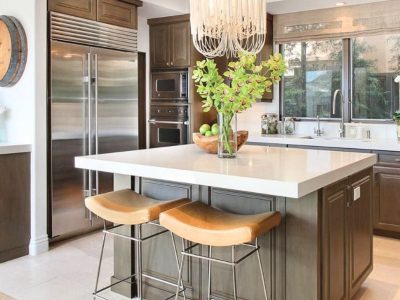
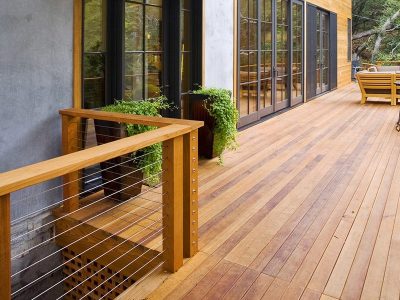

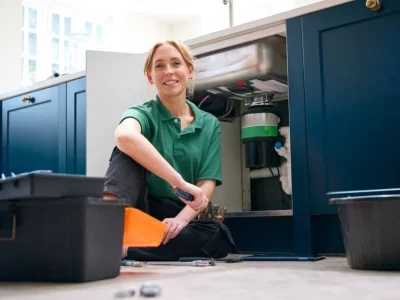
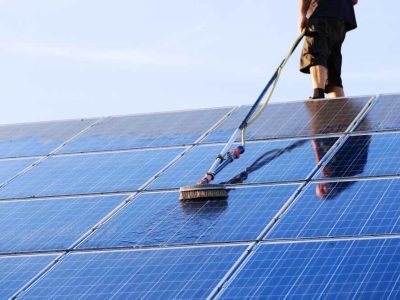

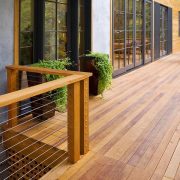
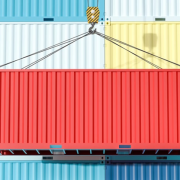


Comments